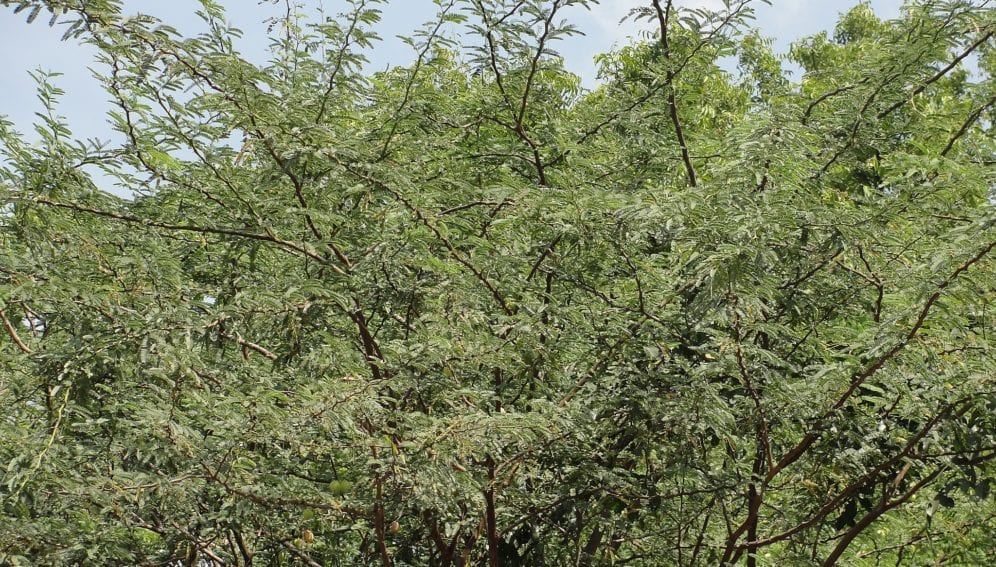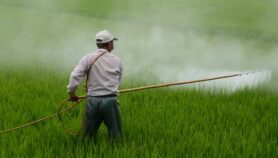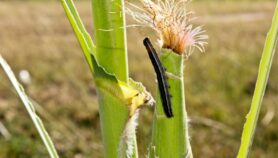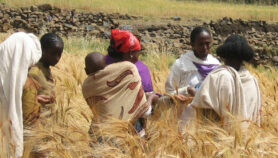By: Baraka Rateng’
Send to a friend
The details you provide on this page will not be used to send unsolicited email, and will not be sold to a 3rd party. See privacy policy.
[NAIROBI] Scientists have mapped the spread of a devastating invasive alien tree in the Afar Region of northeastern Ethiopia.
According to the scientists who mapped the alien tree called Prosopis juliflora, their study will make it possible to identify management strategies such as those that address negative impacts on smallholders whose lands are being colonised and turned unproductive by the tree.
The International Union for Conservation of Nature has listed the tree as one of the world’s top 100 least wanted species.
“Grazing lands are taken [over] by the tree’s invasion. The pastoral livelihoods are affected enormously,” says Hailu Shiferaw, lead author of the study and a doctoral candidate at the Water and Land Resource Centre of Addis Ababa University in Ethiopia.
“Grazing lands are taken [over] by the tree’s invasion. The pastoral livelihoods are affected enormously.”
Hailu Shiferaw, The Water and Land Resource Centre
Shiferaw adds that the tree originated from Latin America and was brought to Ethiopia in the 1970s and 1980s but invasion started in the early 1990s.
Researchers from institutions including Botswana University of Agriculture and Natural Resources and the Centre for Agriculture Bioscience International (CABI, the parent organisation of SciDev.Net) mapped the spread of the alien tree by selecting samples of 2,722 field plots in Ethiopia’s Afar Region from September 2016 to March 2017. About 30 per cent of the plots were known to have the tree and 80 per cent were randomly sampled. They used a statistical technique to generate an arbitrary number of the plant, and assessed the factors that help increase the distribution of the tree since its introduction.
The findings published in the journal Scientific Reports early this month (7 February) show that the tree has invaded about one million hectares of land in Ethiopia’s Afar Region within 35 years of its introduction, and is fast replacing many indigenous plant species, particularly grasses and shrub lands.
“Our study suggests that among the variables included in the analysis, river courses, road networks and village vicinities are the most important drivers of Prosopis invasion in the Afar Region,” the study adds.
Shiferaw explains that movements of people, goods and livestock in addition to rivers and floods help transport the tree’s seeds to new areas.
The tree is found in other Africa countries such as Djibouti, Eritrea, Kenya, Somalia, South Africa and Tanzania and it is manly wide spear across dryland countries, Shiferaw tells SciDev.Net. It is a cross-cutting issue for the environment and rural livelihoods.
“This implies that in the future and even today, livelihoods in the lowland area will be adversely affected by this invasive tree,” he explains. “For example, about 60 per cent of African land mass is dryland and, therefore, is susceptible to this invasion in the near future unless some preventive measures [are] taken with several countries collaborating.”According to Shiferaw, preventing the spread to not yet invaded lands and having a response strategy are urgent management strategies.
Michael Olendo, marine and climate change expert at the Capacity-building Initiative for Transparency, Kenya, says the mapping of this noxious tree plant in Ethiopia highlights the problem and provide the empirical evidence for moving the conversation to members of the public and policymakers.
“African countries need to get serious on the spread of invasive species. It should not be a concern on the fringes,” he says. “If not handled well it poses a bigger threat in terms of food security and human health. They may upend ecosystems and livelihoods irrevocably.”
This piece was produced by SciDev.Net’s Sub-Saharan Africa English desk.
References
Hailu Shiferaw and others Modelling the current fractional cover of an invasive alien plant and drivers of its invasion in a dryland ecosystem (Scientific Reports, 7 February 2019).














